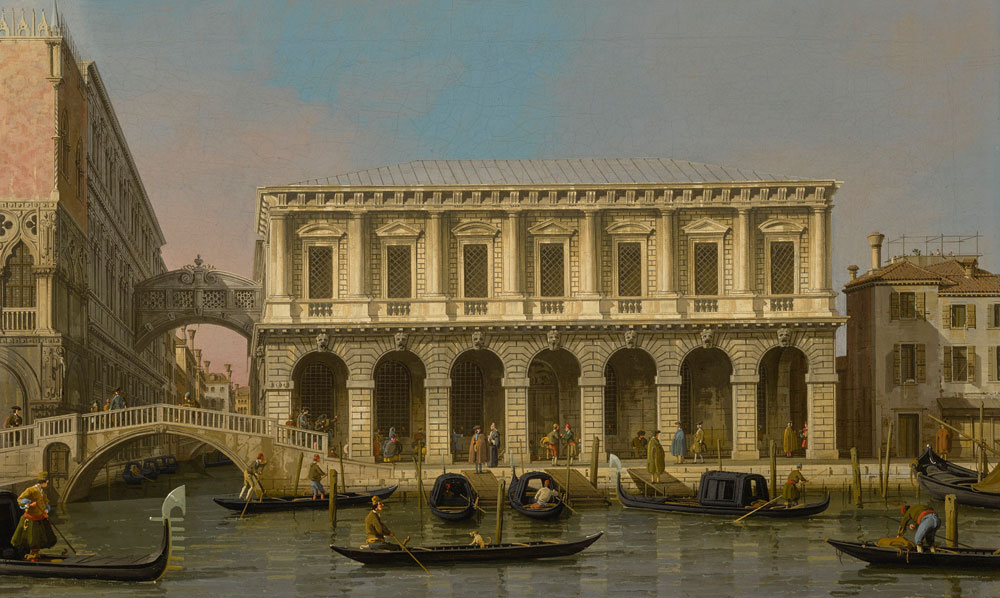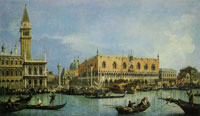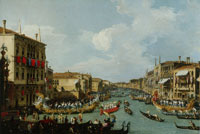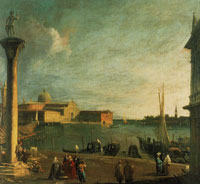
Canaletto
The Prisons and the Bridge of Sighs, Venice
46.7 x 76.8 cmOil on canvas
Sale Sotheby's, New York, 1 February 2018
Provenance
Possibly, acquired by Sir Richard Neave, 1st Bt. (1731-1814), Dagnam Park, Essex, possibly directly from the artist in London in the late 1740s, and by descent there until sold before 1891 (presumably the paintings entered for sale by Sheffield H.M. Neave of 39 Bryanston Square, London, at Christie’s, London, June 27, 1885, lots 25 and 26, the first painting described as of ‘The Doge’s Palace’, but both withdrawn before the sale)
G.A.F. Cavendish Bentinck, M.P., P.C., 3 Grafton Street, London, and Brownsea Island
his deceased sale, London, Christie’s, 11 July 1891, nrs. 625 and 626, described as ‘The Church of Santa Maria della Salute’ and ‘The Bridge of Sighs’, sold together for 115 gns to Lesser
with Lesser, Bond Street, London
by whom sold to Willson Bros., Pall Mall, London
by whom sold to Mr. later Sir, George Leon, Bt., 48 Brompton Square, London
with Savile Gallery, London, 1928
by whom sold to Mark Oliver
with Arthur Tooth & Sons, 31 Bruton Street, London
private collection, by 1952
anonymous sale, London, Christie’s, 9 December 1988, nr. 40
with the Walpole Gallery, London, 1989
private collection, USA
with Lampronti Gallery
acquired from the above by the present owner in 2007
Sale Sotheby's, New York, 1 February 2018, nr. 54




